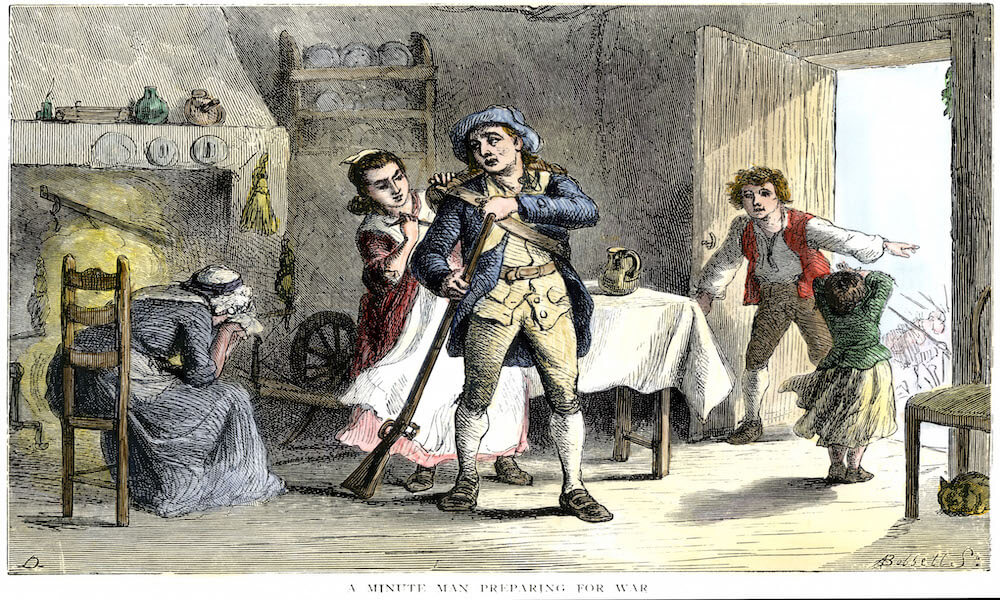The American Revolution, a momentous event in US history, also had an impact on revolutions world-wide.


The American Revolution, a momentous event in US history, also had an impact on revolutions world-wide.

These Founding Fathers not only dedicated their lives and careers to the American Revolution, but also a fair amount of money. Check out this History article to find out more.

Learn about this rare edition of the Declaration of Independence as well as the historic collection it comes from.

January 14th is National Ratification Day, but what does that mean? Learn the meaning behind this significant moment in American history.

The Battle of Yorktown was a victory for American forces, but not everyone was celebrating.

During the Revolutionary War, black soldiers fought for both the Continental army and the British army. Those who fought for the British were often promised freedom, but that promise was mostly unfulfilled.

Visit this online exhibit to learn about the Dunlap Broadside, one of the first printed copies of the Declaration of Independence.

Read about recent interpretations of and challenges to the pivotal Voting Rights Act of 1965.

| Molly Pitcher and Betsy Ross are familiar names in the history of women in America’s Revolutionary Era. Read this detailed article to learn the stories of other women who supported the war effort. |

Learn the real story behind the famous midnight ride of one of America’s most storied Sons of Liberty. Click on the interactive map to learn more about Revere’s route.

Read nine interesting, yet not-so-well-known stories about the people, places, and events surrounding one of America’s most important founding documents.

Maps, and sometimes their inaccuracy, played an important role in the French and Indian War and in the Revolutionary War.

At the time of the American Revolution, not every colonist wanted to sever ties with the British Crown. In this short interview, a historian describes the perils of being a Loyalist during and following the Revolutionary War.

| This opinion from a university scholar reveals that more carefullyexamining Alexander Hamilton’s life, views, and career might challenge how people think about reparations for slavery. |

How did the families of everyday colonists respond when the Revolutionary War started? Read a brief list of some of the ways that the children of the Minutemen and Continental Army soldiers answered the call during the Thirteen Colonies’ struggle for independence.

In 1983, Native American activist Janine Windy Boy sued the government to protect the voting rights of the Crow and Northern Cheyenne people in Montana. Read the intriguing story of this effort to fight voter suppression.

Check out this extensive virtual tour of the Museum of the American Revolution! Move through different rooms and click on artifacts to learn about an important part of American history.

The U.S. Postal Service was established by the Constitution to provide links vital to democracy. Find out the facts that dispel some prevalent myths.

With the recent release of the Hamilton movie, renewed backlash and criticisms have warranted a response from the cast.

View one photographer’s powerful photo series where he recreates portraits of famous Americans with their descendants.